Embracing Microservices Design. A practical guide to revealing anti-patterns and architectural pitfalls to avoid microservices fallacies Ovais Mehboob Ahmed Khan, Nabil Siddiqui, Timothy Oleson, Mark Fussell
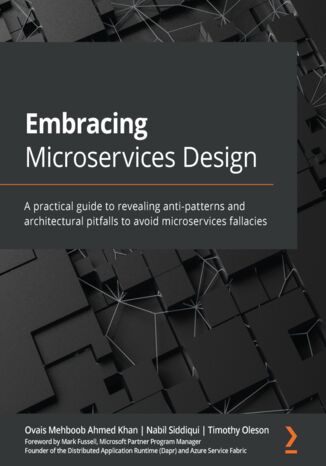



- Autorzy:
- Ovais Mehboob Ahmed Khan, Nabil Siddiqui, Timothy Oleson, Mark Fussell
- Wydawnictwo:
- Packt Publishing
- Ocena:
- Stron:
- 306
- Dostępne formaty:
-
PDFePubMobi
Opis
książki
:
Embracing Microservices Design. A practical guide to revealing anti-patterns and architectural pitfalls to avoid microservices fallacies
This book explores the importance of anti-patterns and the need to address flaws in them with alternative practices and patterns. You'll identify common mistakes caused by a lack of understanding when implementing microservices and cover topics such as organizational readiness to adopt microservices, domain-driven design, and resiliency and scalability of microservices. The book further demonstrates the anti-patterns involved in re-platforming brownfield apps and designing distributed data architecture. You’ll also focus on how to avoid communication and deployment pitfalls and understand cross-cutting concerns such as logging, monitoring, and security. Finally, you’ll explore testing pitfalls and establish a framework to address isolation, autonomy, and standardization.
By the end of this book, you'll have understood critical mistakes to avoid while building microservices and the right practices to adopt early in the product life cycle to ensure the success of a microservices initiative.
Wybrane bestsellery
Ovais Mehboob Ahmed Khan, Nabil Siddiqui, Timothy Oleson, Mark Fussell - pozostałe książki
Packt Publishing - inne książki
Dzięki opcji "Druk na żądanie" do sprzedaży wracają tytuły Grupy Helion, które cieszyły sie dużym zainteresowaniem, a których nakład został wyprzedany.
Dla naszych Czytelników wydrukowaliśmy dodatkową pulę egzemplarzy w technice druku cyfrowego.
Co powinieneś wiedzieć o usłudze "Druk na żądanie":
- usługa obejmuje tylko widoczną poniżej listę tytułów, którą na bieżąco aktualizujemy;
- cena książki może być wyższa od początkowej ceny detalicznej, co jest spowodowane kosztami druku cyfrowego (wyższymi niż koszty tradycyjnego druku offsetowego). Obowiązująca cena jest zawsze podawana na stronie WWW książki;
- zawartość książki wraz z dodatkami (płyta CD, DVD) odpowiada jej pierwotnemu wydaniu i jest w pełni komplementarna;
- usługa nie obejmuje książek w kolorze.
Masz pytanie o konkretny tytuł? Napisz do nas: sklep@helion.pl
Książka drukowana



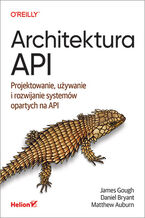
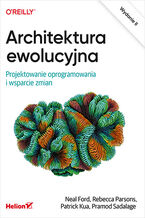
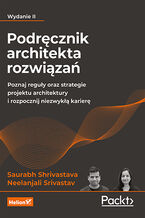
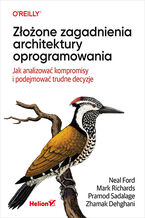
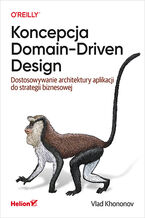
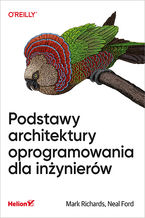
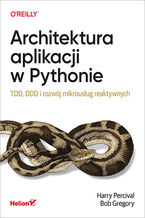
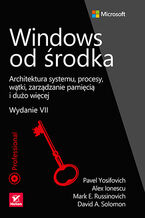
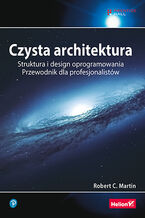

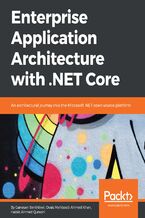

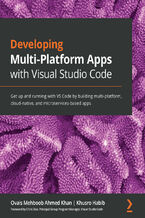
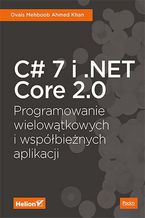
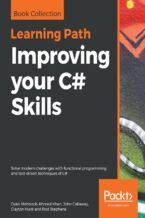
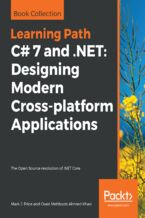
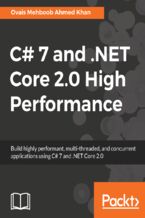
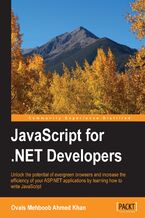





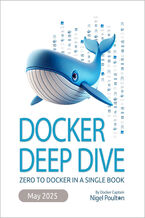
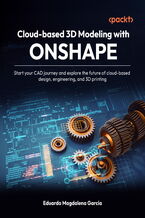
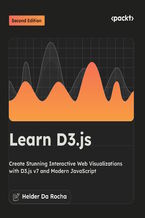
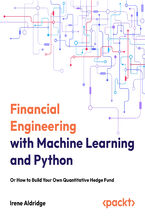
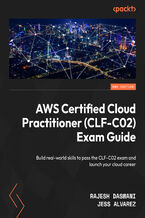
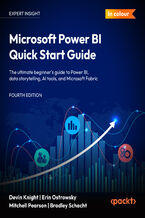

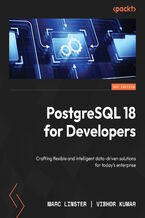
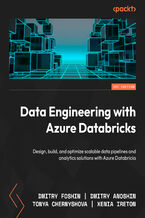
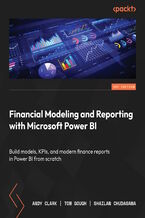



Oceny i opinie klientów: Embracing Microservices Design. A practical guide to revealing anti-patterns and architectural pitfalls to avoid microservices fallacies Ovais Mehboob Ahmed Khan, Nabil Siddiqui, Timothy Oleson, Mark Fussell
(0)